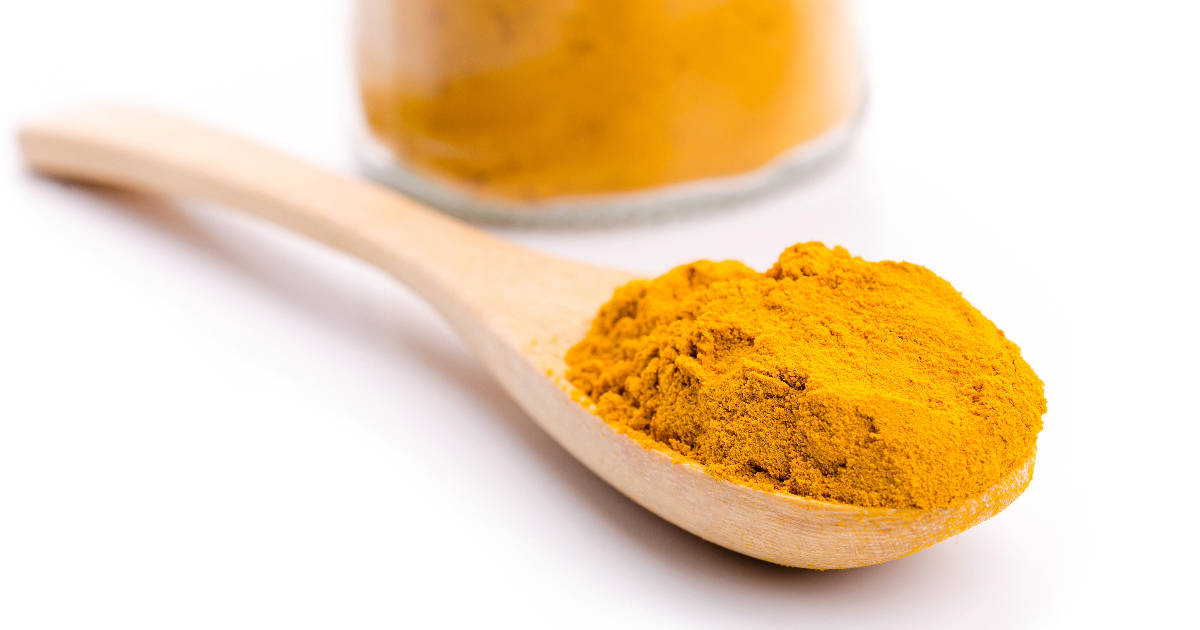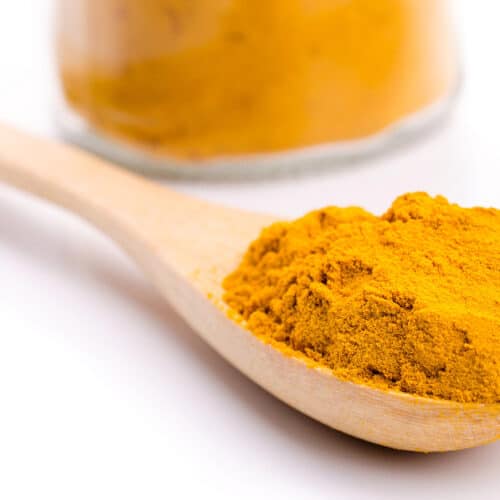Thai food is known for its complex and vibrant flavors. One of the keys to creating authentic Thai cuisine is using curry powder - a special blend of spices and herbs that adds an unmistakable depth and aroma to dishes.

Why Make Your Own Thai Curry Powder?
Convenience - Having a batch of homemade Thai curry powder on hand means you can easily add that signature Thai flavor to dishes anytime. No more searching specialty stores or ordering online.
Control ingredients - Commercial curry powders often contain preservatives, fillers, and anti-caking agents. Making it yourself lets you choose better quality spices and leaves out unnecessary additives.
Customize flavor - Tailor the blend to suit your tastes by adjusting the warmth, spice levels, and ingredients. Once you get the balance you like, make a big batch so it's always there when you need it.
Fresher taste - Nothing beats the flavor of freshly ground spices. Pre-made mixes lose potency over time. Grinding your own ensures you get the most vibrance out of the ingredients.
Cost savings - Purchasing spices in bulk is much less expensive than buying pre-mixed curry powder. A homemade blend can cost just a fraction of the price.
Thai Curry Powder Ingredients
The spices and herbs used in Thai curry powder may vary, but there are some standbys you'll see in most blends:
Turmeric
This bright yellow root is what gives many curry powders their distinctive golden hue. Turmeric has an earthy, slightly bitter flavor and also provides health-promoting compounds like curcumin. Use it as the base of your homemade blend.
Coriander
The seeds of the cilantro plant lend a warm, citrusy aroma. Coriander marries well with turmeric and is an essential ingredient in Thai curry powder. Toasting the seeds before grinding intensifies their flavor.
Cumin
Nutty and slightly bitter cumin is another spice that toasting really brings to life. It's quite strong on its own, so use a moderate amount and allow the other ingredients to balance it out.
White Pepper
For some heat without altering the color of the blend too much, white pepper is a good choice. Its flavor is also a bit fruitier than black pepper. Use sparingly so it doesn't overwhelm the other spices.
Chili Powder
Add as much or as little chili powder as your taste preferences dictate. Good options are crushed red pepper flakes or cayenne powder. For mild curry powder, use just a pinch. For extra heat, use up to a tablespoon per batch.
Ginger
The ground root of fresh ginger adds a touch of sweet heat and brightness. Use powdered ginger for convenience or grate fresh ginger root if you have it on hand.
Galangal
This relative of ginger has hints of pine and citrus. It's a bit tough to find fresh, so dried, ground galangal works well for homemade curry powder. Or substitute a little extra ginger.
Cloves
A tiny amount of this pungent spice goes a long way. Start with just 1-2 whole cloves and adjust from there. Ground cloves can also be used sparingly. They add a sweet, spicy undertone.
Bay Leaves
Include 2-3 dried bay leaves in the whole spice blend, then remove them before grinding. This imparts a subtle woodsy, herbal flavor without leaving chewy bay leaf pieces.
Optional Add-Ins
Customize your Thai curry powder with extras like lemongrass, lime zest, mustard seeds, cinnamon, cardamom, or curry leaves.
How to Make Thai Curry Powder
Making your own Thai curry powder takes just a few easy steps:
1. Toast the whole spices
Place seeds like coriander, cumin, peppercorns, cloves, and bay leaves in a dry skillet over medium heat. Cook for 1-2 minutes until lightly browned and fragrant, stirring constantly. Immediately remove from heat.
2. Add remaining ground spices
Transfer the toasted seeds to a spice grinder. Add turmeric, chili powder, ginger, galangal, and any other ground ingredients. Remove bay leaves if using.
3. Grind into powder
Run the spice grinder until the mixture becomes a fine powder. Be careful not to overgrind into a paste. The texture should resemble store-bought curry powder.
4. Store in an airtight container
Transfer the finished curry powder to an airtight jar. Store away from light and heat for maximum freshness. The flavor lasts for several months.
Tips for the Best Homemade Thai Curry Powder
- Grind small batches at a time for optimal freshness. Large batches lose potency over time.
- If grinding toasted spices in a coffee grinder, be sure to wipe it out thoroughly first.
- Try different proportions and customize the ingredients to suit your tastes.
- Add the spices gradually when grinding to prevent them from turning into a paste.
- Allow to cool completely before transferring to an airtight container for storage.
- Note the date you made it and use it within 3-4 months for the freshest flavor.
- Buy spices whole instead of pre-ground when possible and grind them as needed.
How to Use Thai Curry Powder
Homemade Thai curry powder is extremely versatile. Here are some of the many ways to put yours to use:
- Add 1-2 tablespoons of Thai curry sauce and stir-fries.
- Use it to season chicken, shrimp, tofu, lentils, eggs, or vegetables.
- Sprinkle on roasted veggies along with oil, salt, and pepper.
- Make a breading for meat or fish using curry powder, flour, and breadcrumbs.
- Rub it on meats before grilling for extra flavor.
- Stir into the rice along with coconut milk and veggies for quick curry rice.
- Add to dips, dressings, marinades, and spice rubs.
- Mix into soup broths for warmth and aroma.
- Sprinkle on popped popcorn along with coconut oil for a snack.
- Whisk into hummus, yogurt, sour cream, or mayo as a topping.
- Fold into egg scrambles, frittatas, omelets, and quiches.
- Add to bread or pizza dough for a flavorful twist.
- Mix with oil and vinegar for a zesty salad dressing base.
The possibilities are endless! Start with small amounts to allow the flavor to develop as you cook.
Frequently Asked Questions
Does homemade curry powder go bad?
Yes, it loses potency after 3-4 months. Store in an airtight container away from heat and light to maximize freshness.
Can I use Indian curry powder instead?
Indian blends are stronger in flavor. Use half the amount called for in Thai recipes or dilute with extra spices like coriander and turmeric.
Is Thai curry powder spicy?
It can range from mild to spicy depending on the type and amount of peppers used. Adjust the level of chili powder or flakes to your taste.
What's the difference between Thai curry powder and paste?
Curry paste contains moist ingredients like garlic, lemongrass, and shrimp paste. Powder is only dry ground spices. They aren't interchangeable.
What spices are in Thai red and green curry pastes?
Red curry gets its color from dried red chiles. Green curry uses fresh green chiles. Both use similar aromatics like lemongrass, galangal, kaffir lime, cilantro root, and shallots.
Conclusion
Making your own Thai curry powder opens up a world of flavor possibilities in the kitchen.
You'll love having this versatile spice blend on hand to punch up everything from curries to eggs, meat, fish, vegetables, rice, popcorn, and more. Customize your mix with your favorite spices and herbs. Aim for a balance of warm, earthy, bright, and spicy tastes.
Grind in small batches for maximum freshness. Store your homemade Thai curry powder in an airtight container and use it within a few months.

Thai Curry Powder
Ingredients
- 2 Tbsp coriander seeds
- 2 Tbsp cumin seeds
- 1 Tbsp turmeric powder
- 1-2 Tbsp red chili flakes
- 1 tsp white peppercorns
- 2 tsp ground ginger
- 1-2 whole cloves
- 3 bay leaves
Instructions
- Toast the whole spices (coriander, cumin, peppercorns, cloves, bay leaves) in a dry skillet over medium heat for 1-2 minutes.
- Let cool completely then transfer to a spice grinder. Add turmeric, chili flakes and ginger.
- Grind into a fine powder. Store in an airtight container for up to 4 months.
- Use 1-2 Tbsp per recipe to add Thai flavor to curries, stir fries, rice, meats, vegetables and more.
Notes
- Grind in small batches for freshness.
- Adjust heat by using more or less chili flakes.
- Try adding spices like cinnamon, nutmeg or lemongrass.
- Replace ginger with galangal for authentic flavor.

